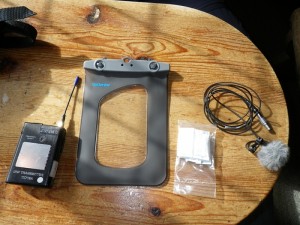
Sometimes you just know that the person who is wearing the transmitter will end up in the water. On a reality show I’ve worked on for a couple of seasons, the need for splash- or waterproofing transmitters often arises. Some manufacturers provide splash resistant transmitters or waterproof cases. Unfortunately, we have not been able to find cases for the brand we use. We’ve tried different ways of doing it, and this method keeps the transmitter dry and it’s possible to change batteries without too much hassle. This waterproof rig was tested on the last season we shot and it held up well.
What you’ll need:
-Waterproof soft case. We used a small camera case from Aquapac. It’s soft, so it can be folded and placed in the talent’s pocket.
-Glue. We used Casco LiquiSole.
-Lavalier microphone. Preferably one that can take a bit of water without breaking. We used a Countryman B3.
-Knife or scissors.
-Silica gel packs.
Put the transmitter in the soft case. Make sure it fits with the connector plugged in before you make a hole in the case. Make a small hole and pull the cable through. I like to be able to pull the transmitter out of the case without unplugging the connector, so I leave a little bit of extra cable on the inside. It can also be wise to leave a couple of extra centimeters in case you need to re-solder the connector.
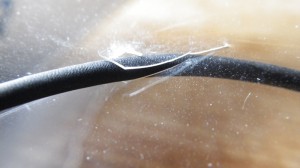
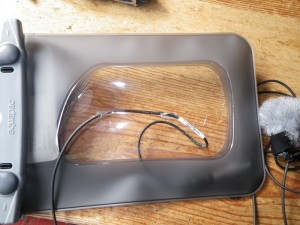
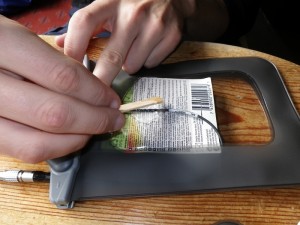
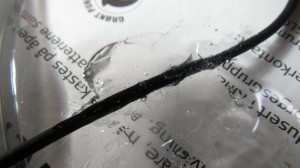
Glue the cable to the case and seal the hole. Use lots of glue. Put a piece of cardboard or something else inside the case to avoid gluing the sides of the case together. We did this in two stages. First we glued the outside and let it dry. Then we did another layer on the outside and one on the inside. Put something in the opening of the case to keep it open while the glue dries.
If the talent is physically active while wearing the transmitter, moisture will gather inside the case. It helps to put a Silica gel pack in the case.
And that’s pretty much it. You now have a waterproof case for your transmitter. The case can easily be opened when you need to access the transmitter to change batteries or change frequencies. The lavalier microphone is exposed to water, and it will break eventually. Salt water is a microphone killer, so rinse it out with fresh water if you have to. You can put a condom around the mic to keep it dry, but it will sound bad. I personally prefer to break a mic once in a while rather than using a condom over it. One of our Sanken Cos-11s was dropped into salt water 6 months ago. We rinsed it out with fresh water immediately after and it still works well.
Remember to test the empty case under water before you try it with the transmitter inside.
Follow this tutorial at your own risk. Good luck and keep dry.
How do you keep your equipment dry? Comment and let me know.
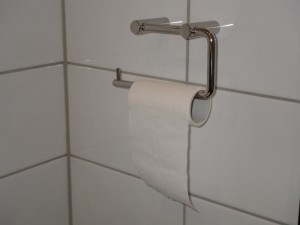
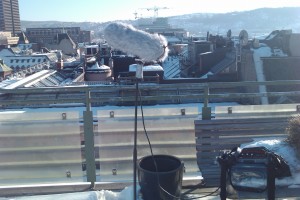
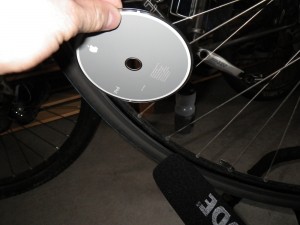
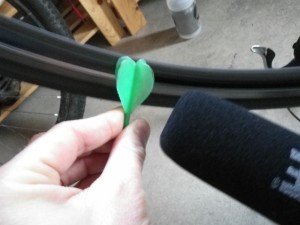
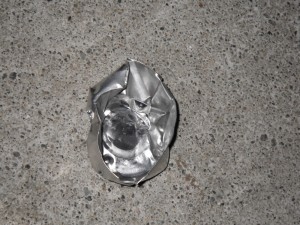
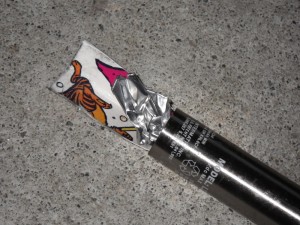
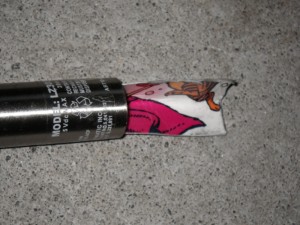

 Home
Home